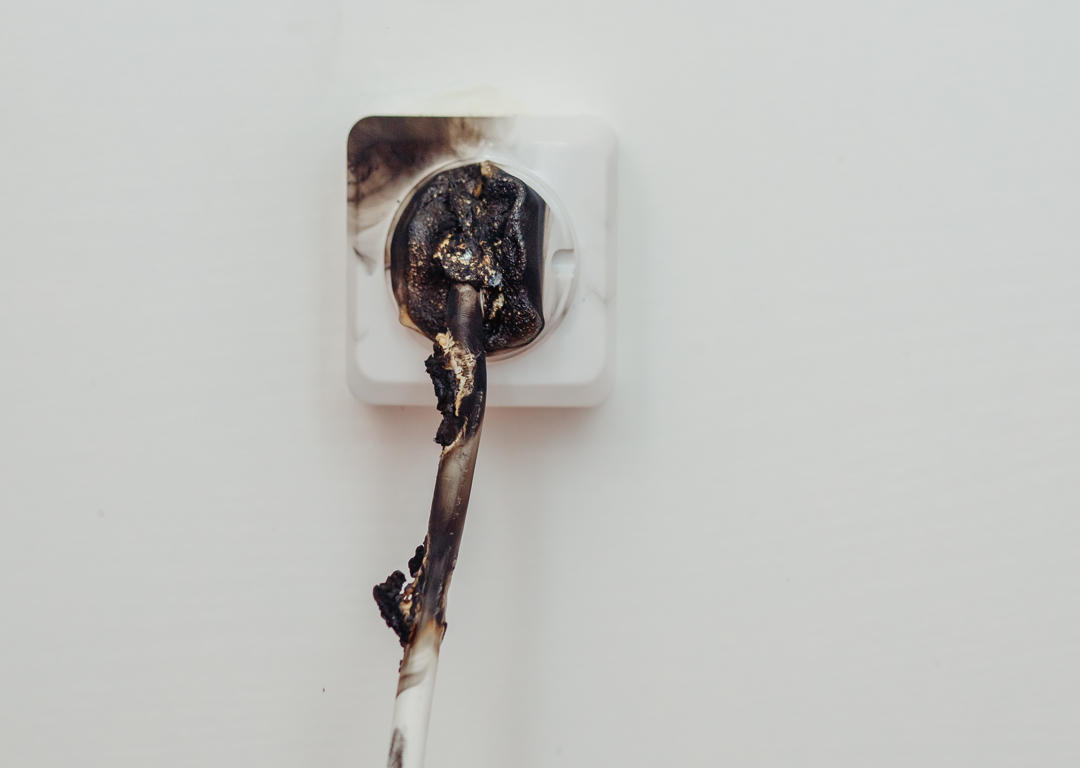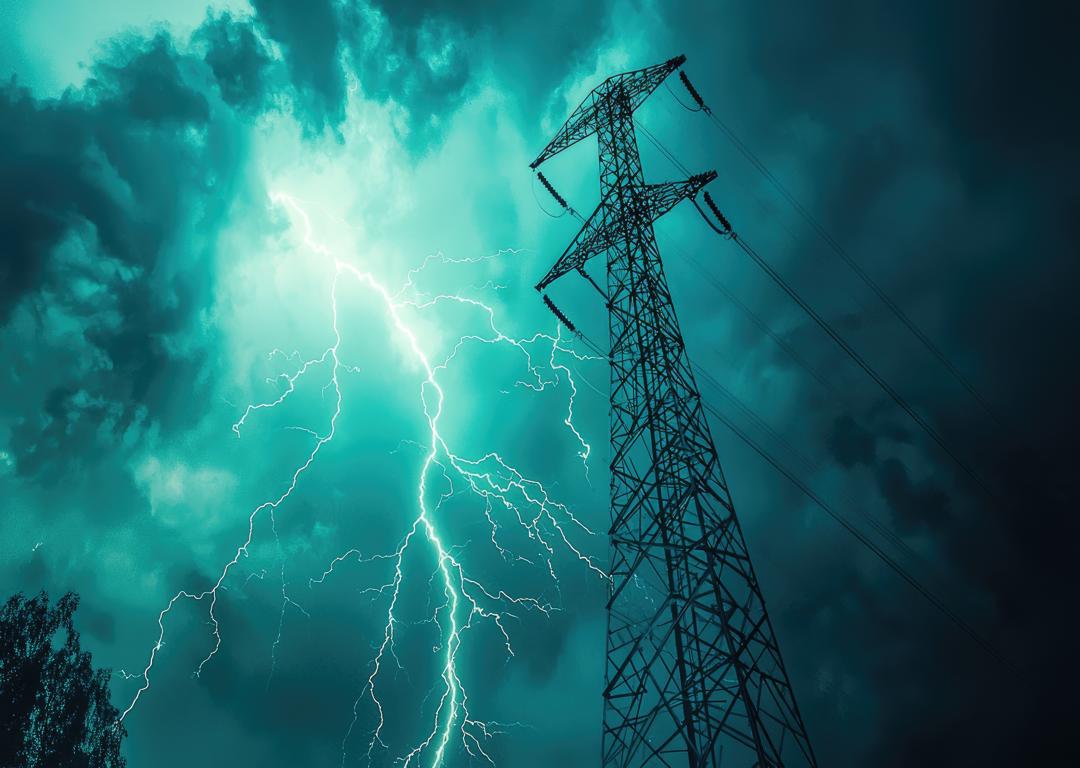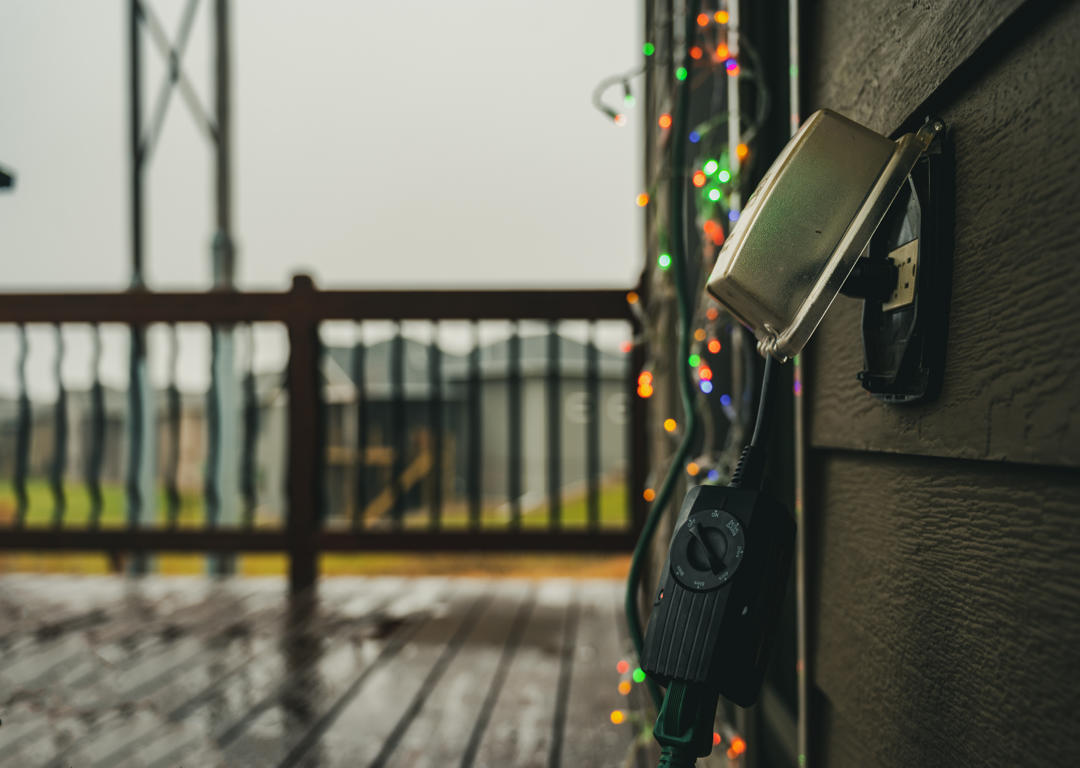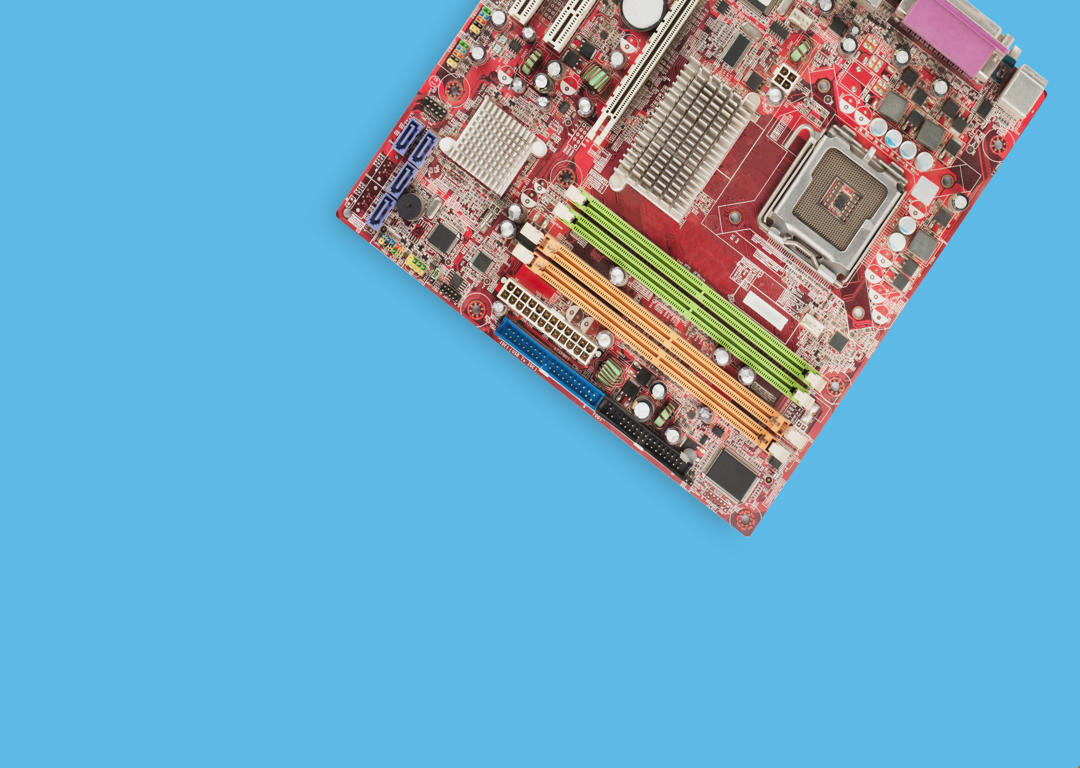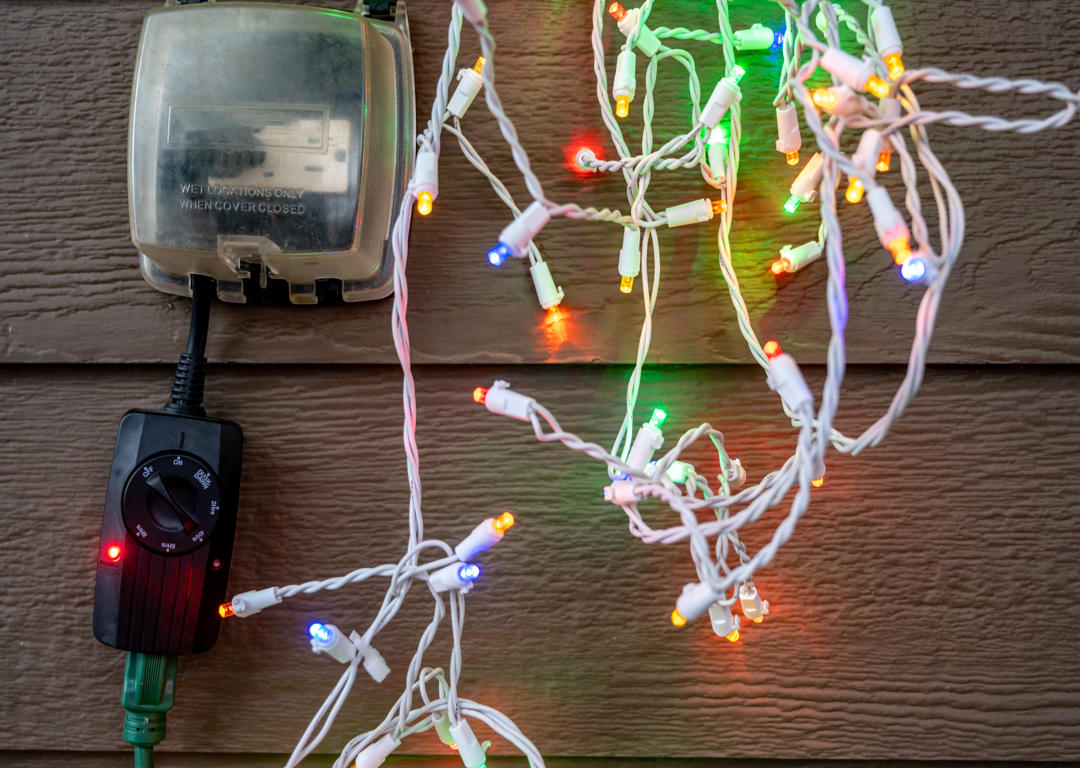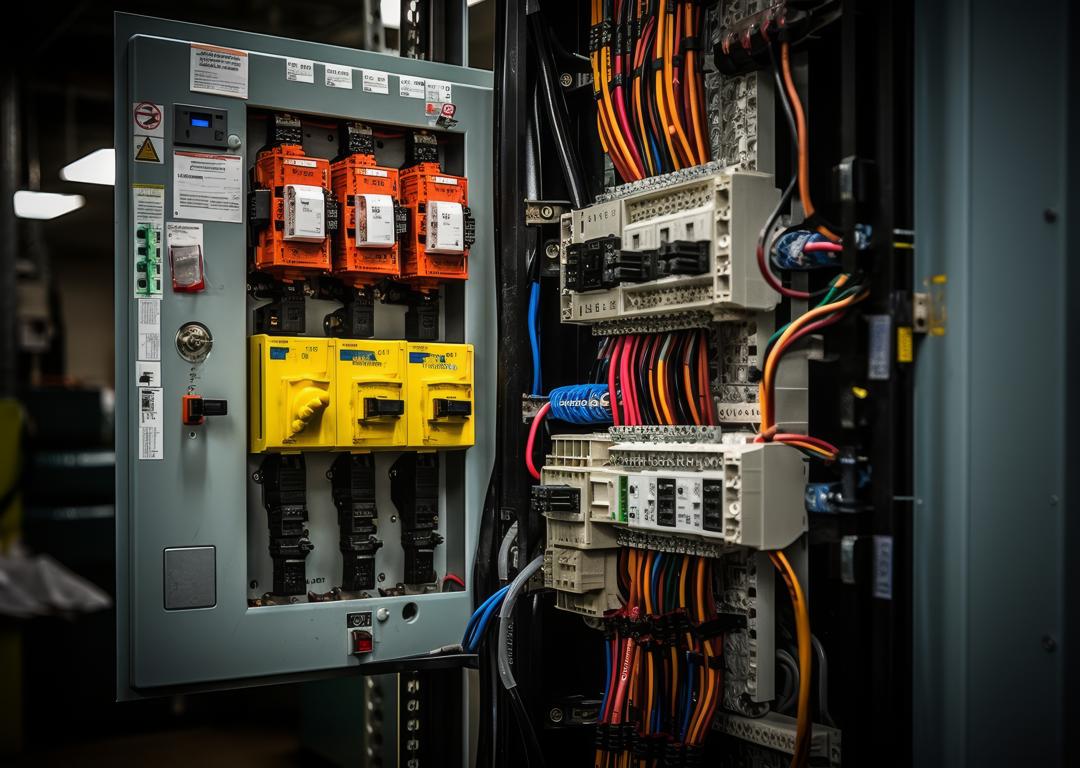
Electrical safety is a paramount concern for any homeowner and one of the most critical components in ensuring this safety is the Ground Fault Circuit Interrupter (GFI) protector. This article explores what GFI protectors are, how they work, and why they are essential for protecting your home.
What Are GFI Protectors?
GFI protectors, also known as Ground Fault Interrupters (GFIs) or Ground Fault Circuit Interrupters (GFCIs), are devices designed to protect people from electrical shock by monitoring the electrical current flowing through a circuit. If the GFI detects an imbalance between the hot and neutral wires, it quickly shuts off the power to prevent injury or damage.
GFIs typically consist of the following components: sensing elements that detect imbalances in the electrical current; circuitry that processes signals from the sensing elements and triggers the interruption; an interrupter that physically breaks the circuit to stop the flow of electricity; and test and reset buttons that allow users to test the functionality of the GFI and reset it after it has tripped.
There are several types of GFI protectors designed for different applications. Receptacle GFIs are commonly installed in place of standard electrical outlets in areas where electrical hazards are higher, such as bathrooms, kitchens, and outdoor locations. Circuit breaker GFIs are installed in the main service panel and protect entire circuits rather than individual outlets. Portable GFIs are used for temporary applications, such as outdoor tools and appliances, providing flexibility and additional safety.
How Do GFI Protectors Work?
GFI protectors function by continuously monitoring the amount of current flowing through the circuit. Under normal conditions, the current flowing to an electrical device and returning should be equal. If a ground fault occurs, meaning the electrical current takes an unintended path to the ground, the GFI senses this imbalance and shuts off the power within milliseconds.
When a GFI protector detects a ground fault, it responds by sensing the imbalance in the internal sensor, which detects the difference in current between the hot and neutral wires. Upon detecting an imbalance as small as 4 to 6 milliamps, the GFI triggers the circuit breaker. The circuit breaker disconnects the electrical supply, stopping the flow of electricity and preventing potential shock. This rapid response is crucial in preventing electric shocks, which can occur in as little as 1/60th of a second. The sensitivity of GFI protectors is key to their effectiveness in protecting against electrical hazards.
Why Are GFI Protectors Important for Your Home?
GFI protectors are essential for maintaining electrical safety in your home. They provide several critical benefits, including protecting against electrical shocks, preventing electrical fires, and ensuring compliance with modern building codes.
The primary function of GFI protectors is to prevent electrical shocks. They are particularly important in areas where water and electricity are likely to come into contact, such as bathrooms, kitchens, laundry rooms, and outdoor spaces. According to the U.S. Consumer Product Safety Commission (CPSC), GFI protectors can prevent more than two-thirds of electrocutions that occur annually in homes.
Ground faults can lead to electrical fires if left unchecked. By detecting and interrupting the flow of electricity during a ground fault, GFI protectors reduce the risk of fire. The National Fire Protection Association (NFPA) highlights that electrical fires are a significant hazard in homes, often caused by outdated or faulty wiring. Installing GFI protectors is a proactive measure to mitigate this risk.
Modern building codes require the installation of GFI protectors in specific areas of the home. The National Electrical Code (NEC) mandates GFIs in all wet or damp locations, including bathrooms, kitchens, garages, and outdoor areas. Compliance with these codes not only ensures safety but also avoids potential legal and financial penalties during home inspections and sales.
In addition to protecting against shocks and fires, GFI protectors contribute to the overall electrical safety of your home. They provide peace of mind, knowing that you and your family are safeguarded against electrical hazards. Regular testing of GFI outlets, as recommended by safety experts, ensures they remain functional and effective.
Installing and Maintaining GFI Protectors
Proper installation and maintenance of GFI protectors are crucial for their effective operation. It is recommended to hire a licensed electrician for installation, particularly if you are not familiar with electrical systems.
When installing GFI protectors, place them in all required locations, including bathrooms, kitchens, garages, basements, and outdoor outlets. Use the test button on the GFI outlet to ensure it is functioning correctly, and this should be done monthly. Clearly label GFI outlets to indicate their presence and educate household members on their purpose and operation.
For maintenance, monthly testing of GFI outlets helps identify any malfunctioning units. Simply press the test button, and if the outlet does not trip, it needs replacement. After a trip, press the reset button to restore power. If the outlet fails to reset, it may indicate a deeper electrical issue that requires professional inspection. Replace any GFI protectors that fail to test correctly or have visible damage. Older units should also be replaced periodically to ensure they meet current safety standards.
Real-World Application and Benefits
As a homeowner who has recently upgraded to GFI protectors, the difference in safety and convenience is notable. Previously, the kitchen and bathrooms had standard outlets, and the risk of electrical shock was a constant concern. After upgrading to GFI outlets, there is a marked improvement in safety, particularly in high-risk areas like the kitchen, where water and electrical appliances are frequently used together.
In one instance, a small appliance malfunctioned and caused a ground fault. The GFI protector immediately cut the power, preventing what could have been a severe electric shock. This real-world application underscores the importance of having these protectors installed in areas prone to electrical hazards.
GFI protectors are a vital component of home electrical safety, offering protection against electric shocks, preventing electrical fires, and ensuring compliance with modern building codes. By understanding how GFI protectors work and their importance, homeowners can make informed decisions about upgrading their electrical systems to enhance safety.
Investing in GFI protectors not only protects your home and family but also adds value to your property by meeting safety standards and providing peace of mind. For those considering an upgrade, consulting with a professional electrician ensures proper installation and maintenance, maximizing the benefits of these essential devices.


